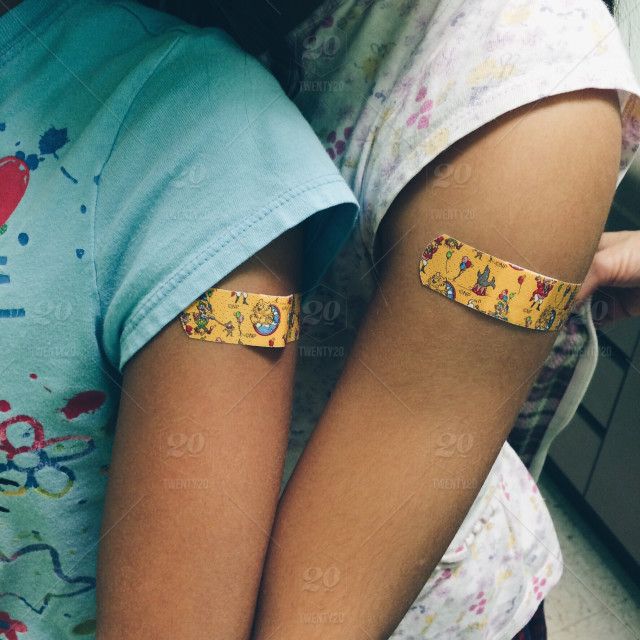Water Testing
Do You Have Your Own Well?
20% of Nebraska's population depends on private wells for drinking water
15% of private water supplies are contaminated with coliform bacteria, have elevated nitrate levels, or both.
Nitrates
Water with nitrate levels higher than 10 parts per million is a concern for:
- Infants under 6 months of age
- Pregnant mothers
- Elderly
Boiling water will not reduce nitrate levels
Coliform Bacteria
- Coliform bacteria are microscopic and generally harmless organisms that live in the intestinal tract of many warm-blooded animals.
- These organisms are excreted through feces and can make their way to the ground water.
- Coliform bacteria are not direct disease causing but can be associated with other more dangerous strains of bacteria such as shigella, salmonella and E.coli.
- Treatment of coliform bacteria is relatively simple and inexpensive. Shock chlorination can be used to clean up a well.
South Heartland District Health Department recommends that anyone using a private well, test their water every year for coliform bacteria.
**To request a water sample kit please call South Heartland District Health Department at 402-462-6211 or stop by our office located at 606 N. Minnesota Ave., Ste. #2, Hastings, Ne.
Test costs (Central District Health Department Lab)
- Coliform/E-Coli = $21.00 (Coliform Special $23.00)
- Nitrate = $19.00
- Hardness = $19.00
- Fluoride = $19.00
- pH = $19.00
Explanation Of Results
Coliform - Your results will state if coliform bacteria was found to be "present" or "absent" in your water sample. Any amount of coliform bacteria is unsafe. Coliform bacteria itself may not cause illness but can be an indicator that other bacteria that cause illness are present also.
Nitrates - The safe range for nitrate is 0.0 - 10.0 mg/l. Anything higher than 10.1 mg/l is considered unsafe. Infants, pregnant women, nursing mothers and the elderly are most susceptible to nitrate.
Hardness - Hard water is not a health risk but can be a nuisance. It can cause build-up which can lead to appliance breakdown and poor soap/detergent performance. 0-6 grains/gallon is considered soft water, 7-17 grains/gallon is considered moderately hard, and 18 grains/gallon is very hard.
Fluoride - A range of 0.80 - 1.50 mg/l is the optimal level for cavity prevention. Most water in Nebraska contains some fluoride naturally.
pH - This measures the acidity or alkalinity. The normal range in Nebraska is 6.5 - 8.5. Anything over 7 is acidic anything under 7 is alkaline.
Pharmaceuticals: According to the Associated Press, tests have detected small concentrations of pharmaceuticals in the drinking water supply of 41 million Americans, making this a public health issue of growing concern. Pharmaceuticals enter the water supply via human waste, through medications that are flushed down the toilet, and through agricultural runoff at landfills. While a large percentage of medications wind up in septic systems, wastewater treatment plants can’t effectively filter all traces of the drugs, allowing the contaminants to eventually infiltrate groundwater.
Any hazardous substance—if spilled on the ground, leaked underground, or poured down an abandoned well or borehole—can infiltrate groundwater, the drinking water source for nearly 35 million Americans using privately owned water wells. As a private well owner, you are the manager of your water system. Your practices as a property owner can directly impact your water quality or that of other well owners in the area.
So how can you help protect your water system from pharmaceuticals? SHDHD, along with the Area Substance and Alcohol Abuse (ASAAP), local law enforcement agencies, and area pharmacists, suggest the following:
- If you choose to throw the drugs in the garbage, place them in a resealable plastic bag and crush them or add water, then mix with coffee grounds, kitty litter, or sawdust and place the bag in the trash. Do not flush or pour down a drain.
- Instead of flushing, use one of several drug drop boxes in police departments and other locations where consumers can safely dispose of all medications. These locations can be found on the FDA’s, states’ attorneys general, or local law enforcement’s websites.
- Utilize mail-back programs and disposal kiosks at area pharmacies.
- Watch for National Drug Take Back Events in the Spring and Fall, with scheduled drop-off opportunities at Webster County Sheriff's Office, and Clay County Sheriff's Office.



